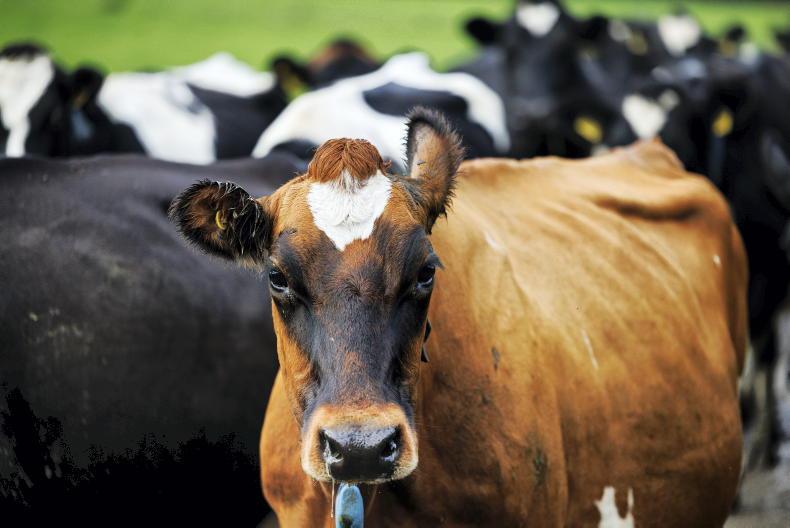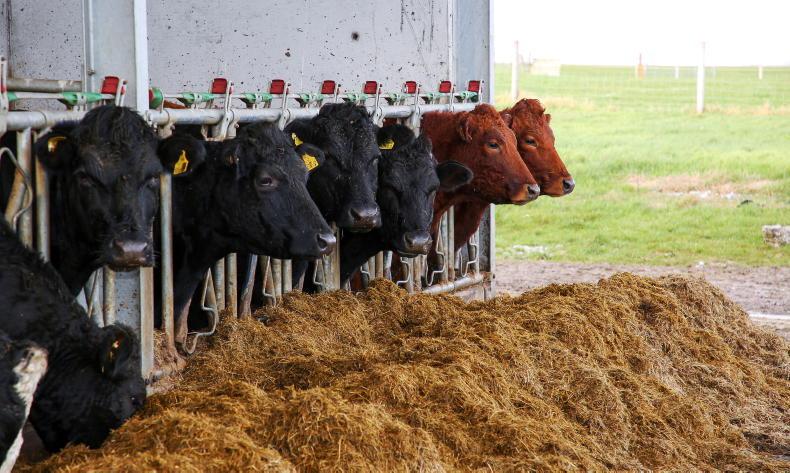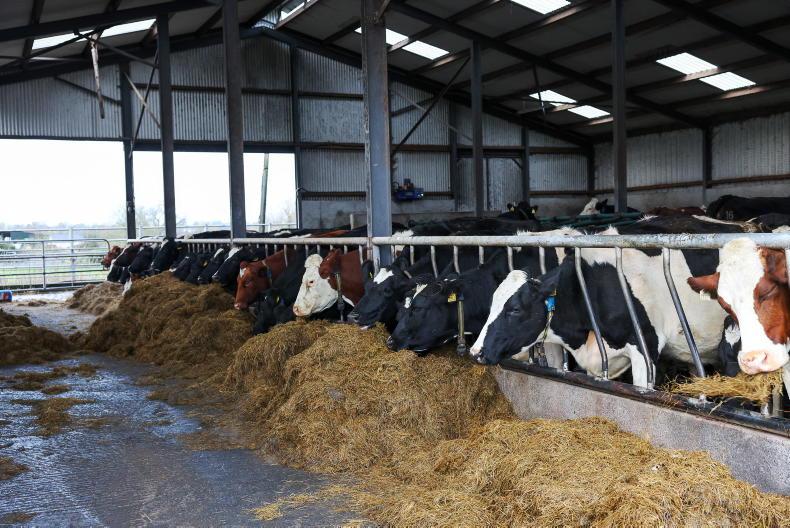Weather
The exceptional rain at the start of the week made grazing very difficult, and many farmers had to abandon grazing for a day or two as rainfall exceeded 30mm per day.
In spite of this, soil temperatures and daylight are improving, so it is more important than ever to get a grass walk completed every week.
Growth rates on fertile soils that have good soil pH and soil fertility is really kicking on.
Remember that a well-managed farm can turn from a very low volume of grass to much more in the space of a couple of days.
Yes, that transition can be tricky and you don’t want to have high producing cows entering very low grass covers, on high levels of concentrates at milking times, during a period of mixed weather, or you will very quickly see digestive upsets.
Keep the focus on managing what grass is there, looking ahead to the following week or ten days, and planning out grazing so that you give the second round of grazing every opportunity to bulk up.
Nitrogen
Protected urea is the product of choice in this mixed band of weather crossing the country. If soil tests results show you are very short in phosphorus or potassium, then using a compound will deliver better results.
Calf scour
As calf numbers build up and sheds become crowded, calf scours can increase. Isolate any scoured calves as soon as possible, as infections such as coccidiosis and cryptosporidium are extremely contagious.
Get the vet to take a sample and get it analysed. Kits are available which can identify the bug in 30 minutes and this then allows you to both treat the calf better and prevent the spread.
Twenty years ago the advice was to take scoured calves off milk. However, about ten years ago the advice changed so farmers should continue to feed milk to scoured calves as the calf needs energy to fight infection.
Electrolytes are essential to replace lost fluids, so aim to feed two litres of electrolytes in between milk feeds if possible.
Once a day
If you are very busy then research has shown you can switch calves that are over four weeks old onto once a day milk and it will have no damaging effects on growth rates.
Farmers all over the country continue to feed five to six litres of milk per calf once per day. Make a little meal available (1kg/day), and as calves get older and better at eating meal, taper back the milk and they will eat more meal.
Dry cows
While numbers left to calve are getting smaller, be very careful, as I see a good few fat dry cows around the country still to calve. Fat cows can be more troublesome than thin cows.
Ration out silage, only feed poorer quality silage or maybe even feed hay to the dry cows that are left to calve. Continue to feed dry cow minerals to the late calving cows.
Calves are getting big at this time of the year also, so calving can be more difficult and this is not helped by fat cows at calving.










SHARING OPTIONS